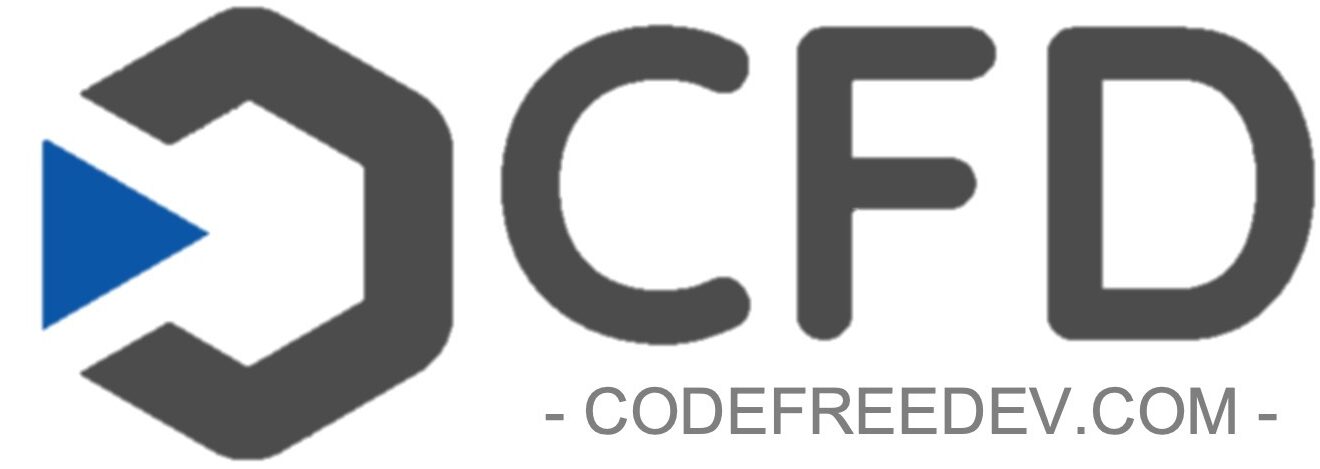Introduction
The no-code revolution has made it possible for individuals without a technical background to create websites and apps with ease. However, to ensure the long-term success of your no-code project, it’s essential to implement best practices that focus on maintainability and ease of updates. By following these guidelines, you can save time, reduce costs, and improve the overall quality of your project.
In this article, we will explore six key best practices for creating no-code projects that are easy to maintain and update. From selecting the right platform to fostering collaboration within your team, these tips will help you build a solid foundation for your no-code project’s success.
1. Choosing the Right No-Code Platform
Selecting the right no-code development platform is a crucial first step in building a maintainable and easily updatable project. Research different no-code tools, such as Webflow, Bubble, and Adalo, and choose the one that best suits your specific needs. Consider factors like user-friendliness, scalability, integration capabilities, and available support resources.
In addition, select a platform with a robust community and a rich ecosystem of templates, tutorials, and extensions. This will ensure that you have access to valuable resources as you build, maintain, and update your no-code project.
2. Prioritizing a Modular Design
Adopting a modular design approach for your no-code project will make it easier to maintain and update. Break your project down into smaller, manageable components or modules. This allows you to easily identify issues, make changes, and scale your project without disrupting the entire system.
Furthermore, modular design promotes reusability, which is particularly important in no-code development. By creating reusable components, you can streamline your workflow and make updates more efficient, saving both time and resources.
3. Implementing Version Control
Version control is essential for maintaining and updating no-code projects. By keeping track of changes made to your project, you can revert to previous versions if needed and ensure a smooth development process. Many no-code platforms offer built-in version control features, making it easy to manage your project’s history.
Additionally, make a habit of documenting changes and updates within your no-code project. This will help you and your team members understand the rationale behind decisions, and make it easier to troubleshoot issues when they arise.
4. Establishing a Clear Naming Convention
Consistency in naming conventions is crucial for a maintainable and easily updatable no-code project. Establish clear naming rules for elements, components, and variables to avoid confusion and make it easier to locate specific elements when updates are needed.
A well-structured naming convention should be intuitive and descriptive, making it easy for both new and experienced team members to understand the project’s structure and make changes without unnecessary delays.
5. Regularly Testing and Refining
Stay informed about the latest updates and best practices in no-code development. By being proactive and staying up-to-date, you can ensure your no-code project remains efficient, reliable, and easy to maintain.
Continuous testing and refinement are key to maintaining and updating no-code projects. Regularly test your project on different devices, browsers, and screen resolutions to ensure a seamless user experience. In addition, gather feedback from users and stakeholders to identify areas for improvement and to address any issues that may arise.
6. Leveraging Collaboration and Training
Encourage collaboration within your team by providing clear communication channels and fostering an open environment for sharing ideas and feedback. This will lead to more efficient maintenance and updates, as well as improved overall project quality.
Invest in training and educational resources to help your team members stay current with the latest no-code tools and best practices. A knowledgeable team will be better equipped to handle updates and maintenance, ensuring your no-code project remains successful in the long run.
- Learn To Create No-Code Database-Driven Applications - June 1, 2023
- Common Mistakes in No-Code Development - May 31, 2023
- Learn No-Code Development for Free - May 27, 2023

